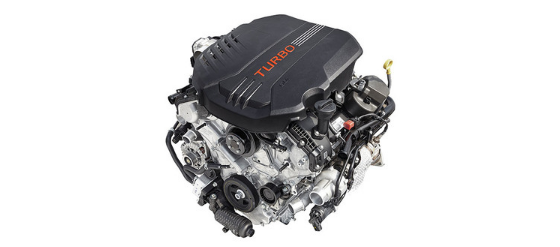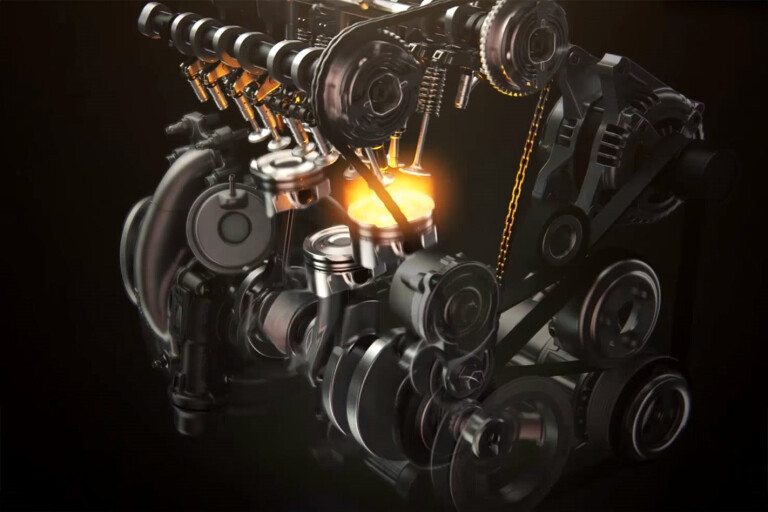Discover Top-Quality Engines for Africa at Our Trusted Car Components Store
The Pursuit for Ultimate Driving Power: Checking Out the Peak of Engine Efficiency and Technological Innovations in the Automotive Industry
In the world of vehicle design, the quest of maximum driving power has actually been a ruthless mission that has unfolded via the advancement of engine style and the assimilation of innovative innovations. From the meticulous craftsmanship of burning engines to the quick advancements in electric propulsion systems, the automotive sector stands at the cusp of a brand-new age characterized by extraordinary performance capabilities. As researchers and engineers dig much deeper right into the worlds of computational fluid characteristics and explore cutting-edge gas technologies, the horizon of opportunities increases greatly. Keep tuned as we unwind the elaborate tapestry of technological breakthroughs that are forming the future of automotive power and efficiency.
Development of Engine Design

Moreover, the assimilation of turbocharging and supercharging innovations has actually changed engine style by increasing power without considerably enhancing engine dimension. These forced induction systems compress the intake air, permitting even more fuel to be combusted, thereby creating higher power outcome from a smaller sized engine. This improvement has been specifically important in boosting the performance of smaller variation engines while maintaining gas efficiency standards.

Performance-Enhancing Gas Technologies
The implementation of innovative gas innovations has actually substantially added to improving engine performance in modern-day automobiles. Biofuels, obtained from sustainable resources like sugarcane, corn, or algae, offer improved and reduced discharges engine effectiveness. In addition, gas additives and detergents are being formulated to tidy engine components, optimize burning, and minimize friction, thus enhancing total vehicle performance.
Advancements in Electric Propulsion
Considerable strides in electric propulsion modern technology have reinvented the automobile sector, leading the method for a brand-new age of sustainable and effective transport. Electric cars (EVs) are getting popularity due to their ecological advantages and innovations in battery modern technology, making it possible for longer driving varieties and shorter charging times. Manufacturers are spending heavily in r & d to boost the performance of electric propulsion systems, concentrating on increasing power output, improving power performance, and lowering general weight.
One notable development in electric propulsion is the development of advanced electric motors that provide higher torque and power thickness, resulting in improved velocity and overall driving performance. In addition, regenerative stopping systems have actually been refined to save and capture power during deceleration, more increasing the efficiency of EVs.
Moreover, the combination of wise technologies, such as expert system and anticipating analytics, is optimizing the administration of electrical propulsion systems, making certain ideal performance under various driving problems. These improvements in electric propulsion are reshaping the vehicle landscape, driving the industry towards an extra sustainable and energized future.
Effect of Computational Fluid Dynamics
With improvements in electric propulsion pressing the borders of auto technology, the integration of Computational Liquid Characteristics is playing a crucial duty in enhancing aerodynamic performance and enhancing general performance in vehicle layout. more tips here Computational Liquid Characteristics (CFD) involves the use of computer simulations to examine the circulation of air around a car, making it possible for designers to forecast exactly how layout modifications will certainly affect aerodynamics without the requirement for pricey physical models. By properly modeling air movement patterns, CFD enables for Recommended Reading the refinement of car shapes to reduce drag, enhance cooling, and enhance stability.
CFD enables designers to maximize airflow around elements such as radiators, engine bays, and wheel wells, contributing to enhanced efficiency and general driving experience. In verdict, the combination of Computational Liquid Dynamics stands for a substantial step onward in the pursuit for best driving power and effectiveness in the vehicle sector.
Future Fads in Engine Development
In the vibrant landscape of auto engineering, sophisticated innovations are shaping the future trajectory of engine technology. The future of engine design is noted by a strong focus on efficiency, performance, and sustainability. Suppliers are significantly focusing on developing engines that not just supply high power outcomes but likewise focus on ecological responsibility by boosting and lowering exhausts gas effectiveness.
One prominent pattern in engine development is the rise of electrification. Crossbreed and electrical powertrains are acquiring grip as practical choices to standard combustion engines. These technologies provide the capacity for significant reductions in carbon discharges and boosted power effectiveness, lining up with global efforts to fight environment modification.
Additionally, innovations in products scientific research and manufacturing techniques are making it possible for the manufacturing of lighter and extra sturdy engine elements. This shift towards lightweight products such as carbon fiber and aluminum alloys adds to improved efficiency and gas economic situation.
Final Thought
To conclude, the pursuit of best driving power in the auto market remains to drive improvements in engine design, gas technologies, electrical propulsion, and computational liquid characteristics. The evolution of these innovations is shaping the future of engine advancement, leading the method for much more powerful and effective cars (engines for africa). As the industry remains to press the boundaries of what is great post to read possible, we can expect to see much more revolutionary developments in the quest for peak performance
One of the essential landmarks in engine design evolution is the transition from conventional carbureted engines to modern-day fuel-injected systems. By precisely metering the fuel delivery to each cyndrical tube, fuel-injected engines enhance burning, resulting in better efficiency and minimized ecological influence.
Moreover, the assimilation of turbocharging and supercharging modern technologies has actually reinvented engine layout by boosting power without substantially enhancing engine size (engines for africa).The application of sophisticated fuel modern technologies has substantially contributed to boosting engine performance in contemporary automobiles. Furthermore, fuel ingredients and detergents are being developed to tidy engine components, enhance combustion, and minimize rubbing, thus increasing overall vehicle efficiency